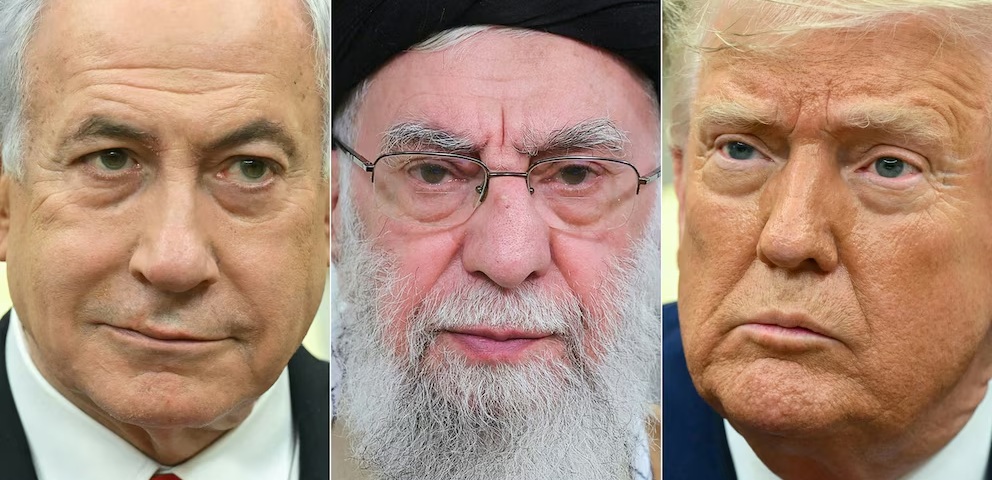In just 12 days, a sudden eruption of hostilities between Israel and Iran sent shockwaves across the Middle East and beyond, rattling global markets, straining diplomatic ties, and sparking renewed fears of a wider regional war.
Though as of Tuesday, June 24, 2025, a U.S.-brokered ceasefire has since silenced the missiles, the impact of this brief but brutal war continues to ripple across continents.
What began as a limited military confrontation quickly escalated into the most intense direct conflict the two archrivals have ever engaged in.
Israeli airstrikes on Iranian military and nuclear facilities triggered a ferocious response from Tehran: six salvos of ballistic missiles targeting Israeli cities, some striking residential areas with deadly precision.
In Beersheba, southern Israel, entire apartment blocks were reduced to rubble. Families who had spent days living in bomb shelters emerged to destruction.
Iran, too, was battered.
Israel’s retaliatory airstrikes hit deep into its military infrastructure, disabling command centers and destabilizing operations across several provinces.
By the time the ceasefire was declared, following frantic negotiations led by U.S. President Donald Trump and indirect talks with Tehran, over 1,000 people had been injured and hundreds killed.
Civilian neighborhoods, military sites, and critical infrastructure on both sides had been pounded. Despite the short duration, the conflict left behind deep scars and lasting uncertainty.
Global Shockwaves
The war was not confined to Israel and Iran.
Oil prices surged as fears grew over the conflict’s impact on Persian Gulf shipping routes.
International airspace near Iran and Israel was restricted, causing delays and disruptions to global travel and trade.
Global stock markets dipped, and insurance premiums for regional carriers soared.
Washington, already at odds with Iran over nuclear negotiations, took center stage in diplomatic efforts.
President Trump, who coined the term “12-Day War,” communicated directly with Israeli Prime Minister Benjamin Netanyahu and relied on Qatari officials to act as intermediaries with Iran.
Tehran’s missile strike on a U.S. military base in Qatar—largely symbolic and warned in advance—served more as a message than an escalation.
The ceasefire, which came into effect after intense final-hour attacks, surprised many observers.
And while it has held for now, both sides remain poised for any sign of renewed aggression.
Lessons from the Brink
The sudden war revealed troubling truths:
- that even advanced defense systems can be overwhelmed;
- that regional tensions can boil over with little warning; and,
- that diplomacy, no matter how strained, remains the most effective tool for halting violence.
It also exposed the fragility of everyday life in the Middle East.
In Israel, sirens, shelters, and trauma returned with chilling speed.
In Iran, a battered population faced nightly airstrikes and fresh fears of foreign invasion.
Across the world, diaspora communities held their breath as images of fireballs and ruins flooded social media.
More broadly, the conflict forced world powers to reckon with the limits of deterrence.
Despite decades of intelligence sharing and military readiness, neither Israel nor its allies could stop the outbreak of direct conflict.
And despite Tehran’s posturing, Iran was not prepared for the scale of destruction it sustained.
The Road Ahead
For now, the guns are silent.
The IDF has eased shelter restrictions, allowing Israeli civilians to return to daily life, albeit cautiously.
Iran has scaled back military operations under pressure from international allies and internal unrest.
But the road to peace remains uncertain.
There is no formal agreement beyond the ceasefire, and no resolution to the deep-rooted animosity between the two nations.
What the “12-Day War” has made painfully clear is that any future conflict may be just one spark away, and that the entire world, from oil markets to civilians thousands of miles away, will feel the heat.
As the region catches its breath, one truth remains: this was not just a Middle Eastern war, it was a global event.
And the lessons it offers must not be ignored.


